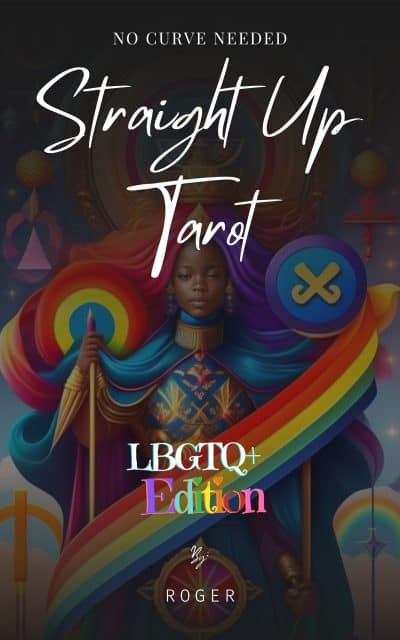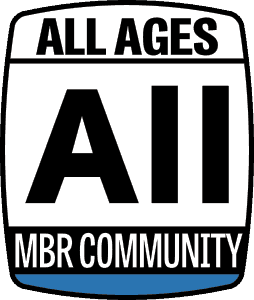Description
Straight Up Tarot—No Curve Needed LGBTQ+ Edition is a comprehensive guidebook that provides readers from the LGBTQ+ community with a deep understanding of tarot and how to read tarot cards. The book covers various aspects of tarot, acknowledging its rich history and its connection with the occult, while also emphasizing its relevance and application to a diverse range of individuals.
The first section of the book focuses on the origins of tarot, tracing its roots back to the Mamluk playing cards and discussing its evolution over time. It also highlights the distinctions between tarot, oracle, angel, and Le Normand cards. Recognizing the importance of inclusivity, this section promotes understanding the unique qualities of each card type to ensure their effective use in readings.
The second section centres on the use of tarot for divination and fortune-telling, emphasizing the significance of ethics within tarot practice. The author provides guidelines that empower readers to conduct readings ethically and respectfully, fostering an environment of trust and acceptance.
The third section explores the intersection between tarot and the occult, offering an overview of Kaballah and Golden Dawn, two systems closely associated with tarot. This chapter delves into how these systems can enrich one’s understanding of tarot and be applied in readings, while embracing the diversity of spiritual paths within the LGBTQ+ community.
The fourth section provides practical advice on shuffling tarot cards, offering various methods and suggesting ways to connect with the cards before a reading. Recognizing that accuracy and impartiality are crucial, proper shuffling techniques are emphasized to enhance the quality of readings.
The final section of the book features a diverse array of spreads that can be used in readings. Each spread is explained in detail, guiding readers on interpreting the cards and contextualizing their meanings. The spreads covered include the daily guidance card, finding one’s soul mate, tarot paths on the tree of life, improving one’s love life, similarity readings, and money magic.
Overall, Straight up Tarot:LGTBQ+ Edition serves as an invaluable resource for anyone within the LGBTQ+ community interested in tarot and its divinatory practices. The author provides clear explanations of tarot’s history and evolution, along with practical guidance for reading the cards. Particularly insightful are the sections on ethics and the connection between tarot and the occult, which recognize and affirm the diverse spiritual paths within the community.
One of the book’s strengths lies in its focus on a wide range of spreads applicable to different situations and experiences. Detailed explanations enable readers, including those new to tarot, to understand and apply these spreads effectively.
Ethics is another key emphasis of the book. The author offers valuable guidelines to ensure readings are conducted ethically and respectfully, acknowledging the importance of creating a safe and inclusive space for all individuals.
Furthermore, the chapter on the connection between tarot and the occult is a notable strength. It provides an overview of Kaballah and Golden Dawn, offering diverse spiritual perspectives that resonate with readers from various backgrounds within the LGBTQ+ community.
In conclusion, Straight up Tarot: LGBTQ+ Edition is an excellent resource for individuals within the LGBTQ+ community interested in tarot and its divinatory practices. The book offers a comprehensive overview of tarot, including its history, ethics, and various spreads for readings. The emphasis on diversity, inclusion, and the connection between tarot and the occult makes it a highly recommended resource for anyone seeking to explore tarot though an inclusive lens.





Comments